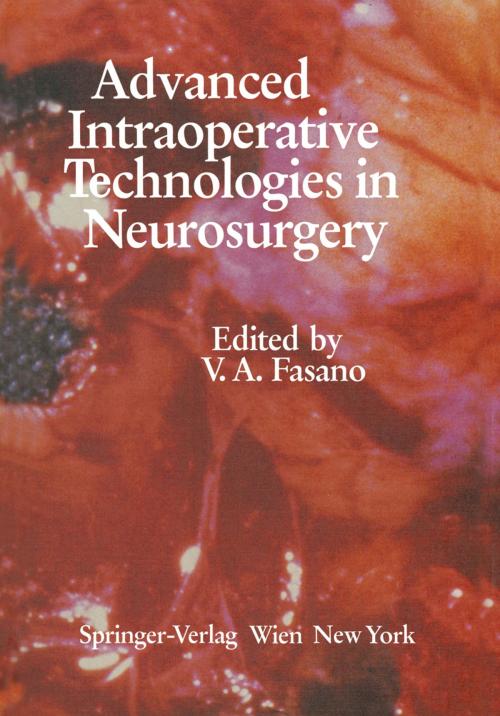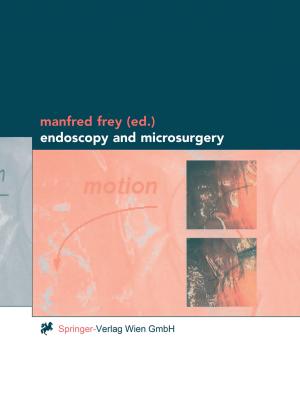Advanced Intraoperative Technologies in Neurosurgery
Nonfiction, Health & Well Being, Medical, Surgery, Neurosurgery, Science & Nature, Mathematics, Game Theory| Author: | ISBN: | 9783709188101 | |
| Publisher: | Springer Vienna | Publication: | December 6, 2012 |
| Imprint: | Springer | Language: | English |
| Author: | |
| ISBN: | 9783709188101 |
| Publisher: | Springer Vienna |
| Publication: | December 6, 2012 |
| Imprint: | Springer |
| Language: | English |
Since the introduction of electrosurgery the techniques of surgery on the nervous system have passed through further improvements (bipolar coagulation, microscope), even if the procedure was not substantially modified. Today, laser represents a new "discipline", as it offers a new way of performing all basic maneuvers (dissection, demolition, hemostasis, vessel sutures). Furthermore, laser offers the possibility of a special maneuver, namely reduction of the volume of a tumoral mass through vaporization. Its application is not restricted to traditional neurosurgery but extends also to stereotactic and vascular neurosurgery. Laser surgery has also influenced the anesthesiologic techniques. At the same time new instrumentation has been introduced: CUSA ultrasonic aspiration, echotomography, and Doppler flowmeter. I have had the chance to utilize these new technologies all at a time and have come to the conclusion that we are facing the dawn of a new methodology which has already shown its validity and lack of inconveniences, and whose object is to increase the precision of neurological surgery. The technological development is still going on, and some improvements are to be foreseen. Laser scalpel is splitting the initial laser surgery into NO TOUCH and TOUCH surgery with laser. As new instrumentarium will be developed, a variable and tunable beam will become available. For example, in a few years Free Electron Laser will further add to the progress in this field.
Since the introduction of electrosurgery the techniques of surgery on the nervous system have passed through further improvements (bipolar coagulation, microscope), even if the procedure was not substantially modified. Today, laser represents a new "discipline", as it offers a new way of performing all basic maneuvers (dissection, demolition, hemostasis, vessel sutures). Furthermore, laser offers the possibility of a special maneuver, namely reduction of the volume of a tumoral mass through vaporization. Its application is not restricted to traditional neurosurgery but extends also to stereotactic and vascular neurosurgery. Laser surgery has also influenced the anesthesiologic techniques. At the same time new instrumentation has been introduced: CUSA ultrasonic aspiration, echotomography, and Doppler flowmeter. I have had the chance to utilize these new technologies all at a time and have come to the conclusion that we are facing the dawn of a new methodology which has already shown its validity and lack of inconveniences, and whose object is to increase the precision of neurological surgery. The technological development is still going on, and some improvements are to be foreseen. Laser scalpel is splitting the initial laser surgery into NO TOUCH and TOUCH surgery with laser. As new instrumentarium will be developed, a variable and tunable beam will become available. For example, in a few years Free Electron Laser will further add to the progress in this field.















